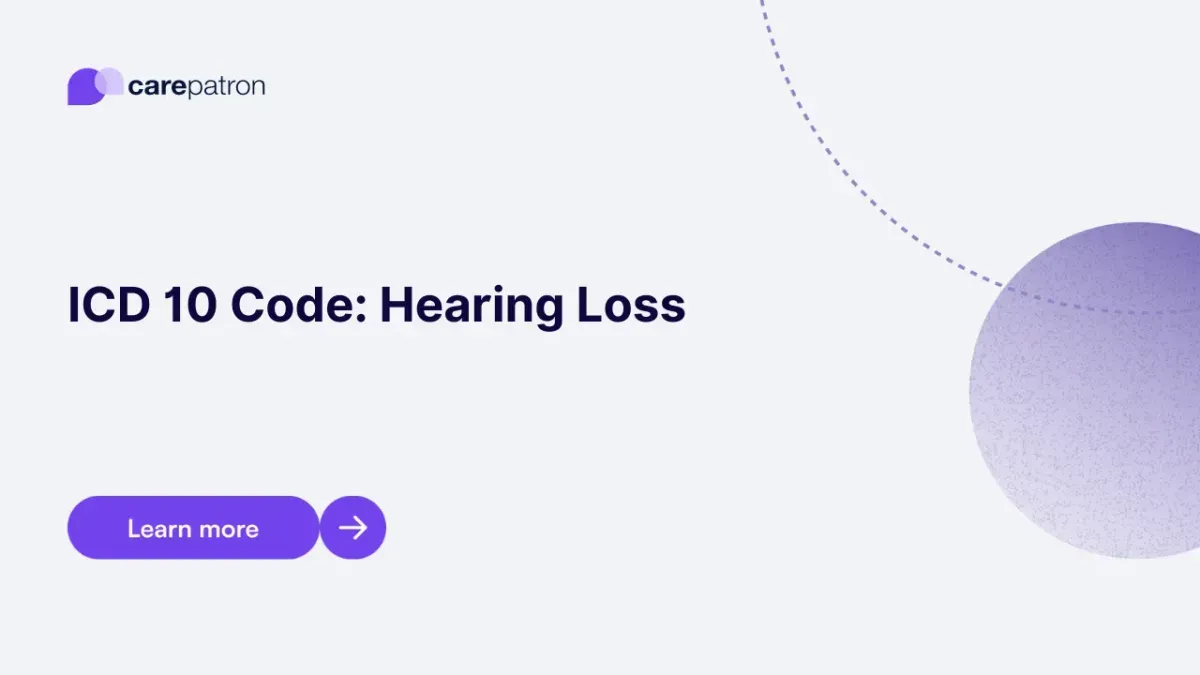What are Hearing Loss ICD-10-CM Codes?
Accurate documentation and diagnosis of hearing loss are essential for proper patient care and medical billing. As of 2025, ICD-10-CM codes from the H90 category remain valid, helping providers distinguish between types such as conductive, sensorineural, mixed conductive and sensorineural hearing loss, and by laterality (e.g., bilateral, unilateral, or unspecified ear). These codes cover a range of conditions, including noise-induced hearing loss, psychogenic deafness, and sudden idiopathic hearing loss.
Core ICD-10 codes for hearing loss
- H90.0 – Conductive hearing loss, bilateral
- H90.1 – Conductive hearing loss, unilateral
- H90.2 – Conductive hearing loss, unspecified
- H90.3 – Sensorineural hearing loss, bilateral
- H90.4 – Sensorineural hearing loss, unilateral
- H90.5 – Sensorineural hearing loss, unspecified
- H90.6 – Mixed conductive and sensorineural, bilateral
- H90.7 – Mixed conductive and sensorineural, unilateral
- H90.8 – Mixed conductive and sensorineural, unspecified
These codes are widely used to classify abnormal auditory perception and hearing loss as classified by type and laterality. All remain billable in 2025.
Recent updates introduced more detailed coding for laterality and ear-specific diagnosis, enhancing precision in documenting cases such as bilateral sensorineural hearing loss, conductive hearing loss unilateral, and hearing loss unspecified:
- H90.A11 – Conductive hearing loss, right ear
- H90.A12 – Conductive hearing loss, left ear
- H90.A21 – Sensorineural hearing loss, right ear
- H90.A22 – Sensorineural hearing loss, left ear
- H90.A31 – Mixed hearing loss, right ear
- H90.A32 – Mixed hearing loss, left ear
Use the most specific code supported by documentation, including ear involvement and type of restricted hearing. These updates help differentiate between complex auditory issues such as transient ischemic deafness and ototoxic hearing loss.

